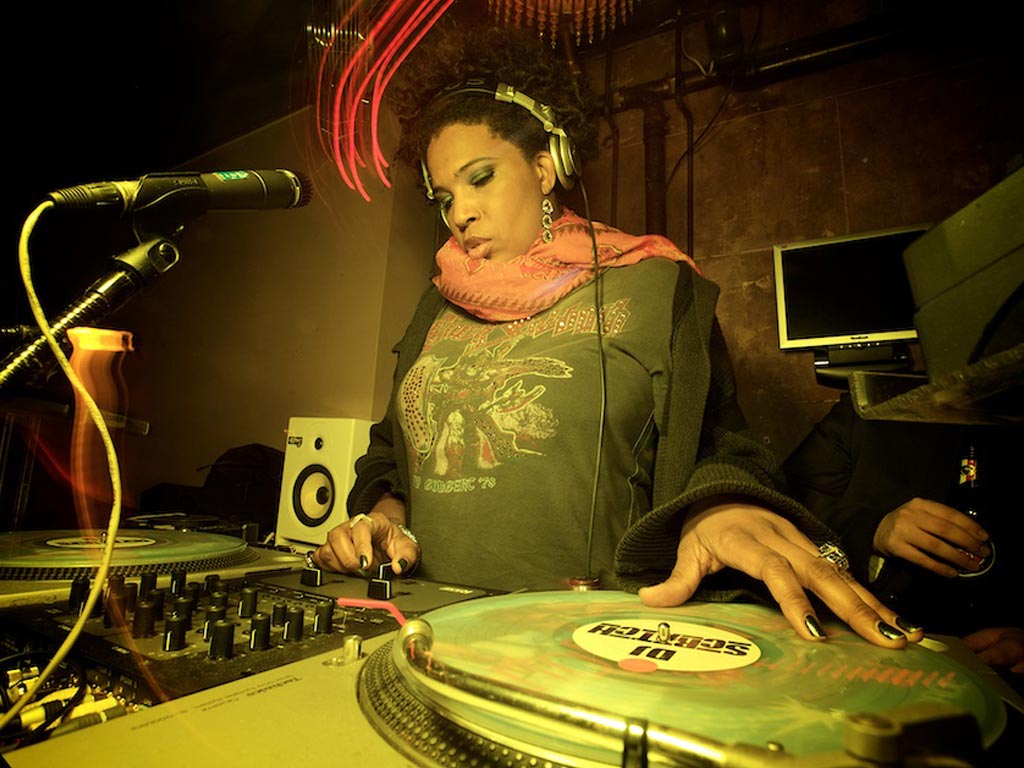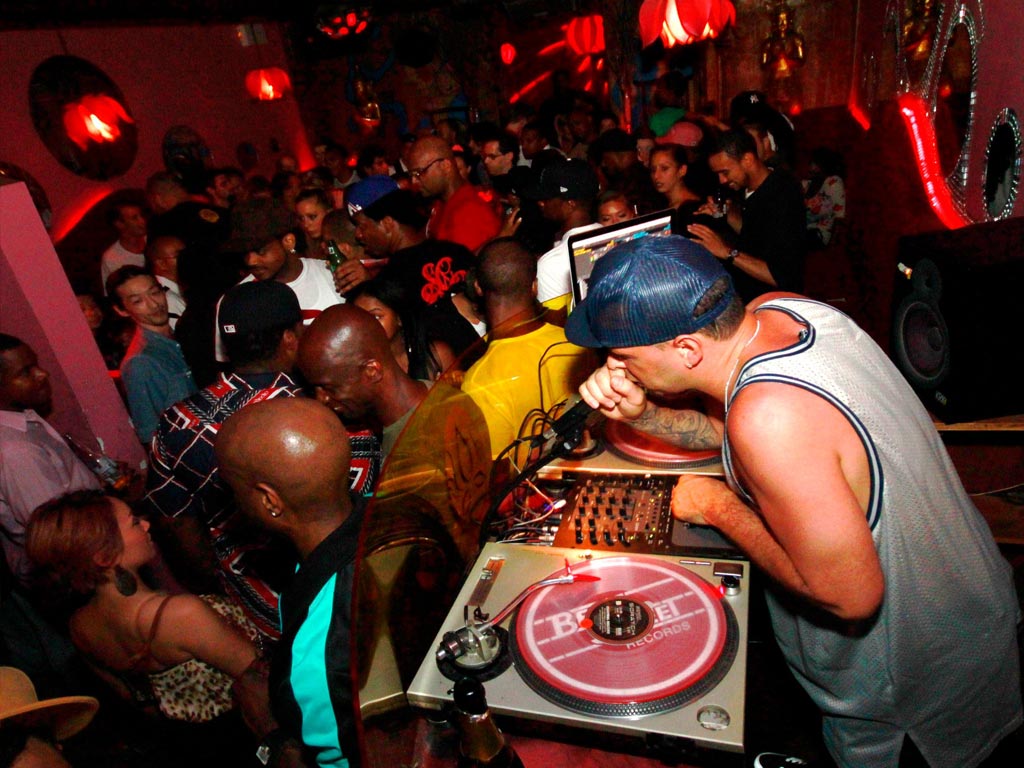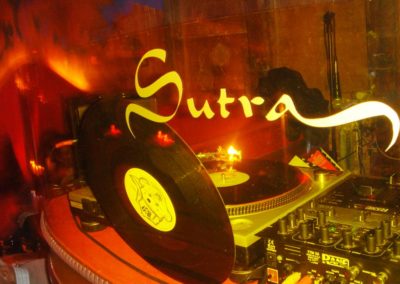Ariel Palitz, Senior Executive Director for the New York City Office of Nightlife at the Mayor’s Office of Media and Entertainment (aka Nightlife Mayor)
Since the invention of electricity, we have had nightlife in our cities, offering a whole other experience from that of the daytime civic life. The nightlife is about socializing, experimenting, networking and expressing the aspects of ones self that we may not be able to expose at our day jobs. How interesting is the contrast between those two terms? Our Day Jobs compared with Night Life. It speaks to the duality of our lives and these two worlds that we live between.
Most city government officials operate on a 9-5, mon-friday schedule. This is their Day Job. Until recently, cities did not have official nightlife governance, an advocate or liaison between the many layers of the night-time ecosystem. There is a balance in this ecosystem, which has many stakeholders involved – the nightlife venues which generate the night-time economy, the residents of the neighborhood, law enforcement which responds to complaints or issues, the fire marshall who sets the standards for safety and the city government, which sets policy related to nightlife, often based on the complaints they would receive from the residents. Now, this is a tricky balance and every voice is important, which is where the role of the Nightlife Mayor comes in.
I had only recently learned about the implementation of Nightlife Mayors in major international cities, a movement which began with Mirik Milan, the first “Night Mayor” as he calls it, for Amsterdam in 2014. Since then, he has been able to work with the local government and the residents to find solutions or make adjustments to long-time nightlife issues, such as street noise. He supported the zoning of a 24-hour nightlife district in the city, which at first may seem counter-intuitive for solving the issue of street noise, however – this allowed the night time patrons to have a more natural flow throughout the evening, rather than ejecting all patrons from ever venue at exactly the same time.
SInce the appointment of Milan in Amsterdam, other cities have caught on, appointing their own representative of nightlife governance. Paris, London, Zurich and Washington DC are among over 30 cities that have introduced a form of nightlife governance, through an Office of Nightlife, Nightlife Advisory Boards, and/or a Nightlife Mayor. In the case of New York, Mayor de Blasio implemented all three. He appointed Ariel Palitz as the first Nightlife Mayor of New York, formally titled as the Senior Executive Director for the New York City Office of Nightlife at the Mayor’s Office of Media and Entertainment.
I was connected to Ariel through Olympia Kazi, member of the Nightlife Advisory Board and NYC Artist coalition, an advocacy group for artists which has organized mediation talks around the MARCH Raids and rallied behind the reversal of the Cabaret Law, both are hot button topics in the New York Nightlife scene.
I rode the elevator to the 27th floor of Manhattan City Hall on November 9, 2018, to meet with the first Nightlife Mayor of New York, Ariel Palitz. She filled me in on growing up in New York, her connection to the city, and her experience so far working in nightlife governance. She also shares with us some of the things she learned from running the Sutra Lounge, an inclusive, diverse and multi-faceted nightclub in Manhattan for ten years.
• • • •
Produced as a graduate applied project by Malena Grosz, MFA, Arizona State University
Intro music: “Moonlight Bounce” by Daniel T (with permission for use)
Podcasts edited by Corbin Garcia
Special thanks to Herberger Institute for Design and the Arts at Arizona State University for grant-funded support of this project. Immense gratitude to my applied project committee for their guidance: Dr. Daniel Bernard Roumain, Dr. Rachel Bowditch, and Dr. Steven Tepper.








